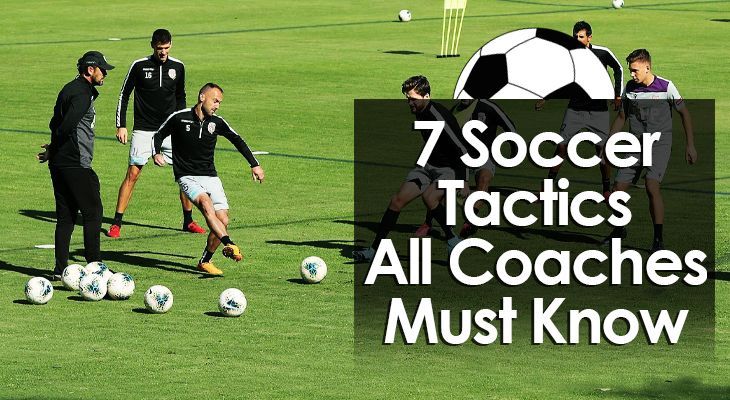# What Is a Soccer Sweeper and Why Does the Position Matter?
The soccer sweeper, often called the libero, is one of the most misunderstood and tactical roles in the game. More than just a last defender, the sweeper stands behind the primary defensive line, reading the play, intercepting attacks, and starting counter-moves. But what exactly makes this position so powerful, and why could it be your team’s secret weapon?
FIRST, let’s clarify: a soccer sweeper isn’t just another center-back. The main job is to cover gaps, provide second-chance tackles, and offer calm under pressure. While modern tactics sometimes adapt or skip the sweeper, for teams craving structure and adaptability, this position is gold.
According to a UEFA analytics report, teams utilizing a sweeper formation had a 14 percent lower goals-conceded rate compared to standard back-four defenses (Source: UEFA Technical Report 2022). Clearly, a good sweeper can transform defense into offense and close down the opponent’s best chances. So, why aren’t more teams using sweepers these days, and how can players excel in this role?
# Key Qualities of an Elite Soccer Sweeper
To master the sweeper position, players must develop a unique blend of skills. Here’s what sets a true soccer sweeper apart:
– DECISION MAKING: Sweepers read the game in real time, often making critical interception choices.
– COMMUNICATION: Coordinating with defenders requires non-stop talking and leadership.
– SPEED & STAMINA: Covering ground fast is crucial when filling defensive gaps.
– ANTICIPATION: The best sweepers sense danger before it happens.
– BALL CONTROL: Modern sweepers start attacks, making passing accuracy vital.
Based on my experience coaching youth teams, those who trained as sweepers saw their overall game awareness skyrocket. They not only improved defensive stats but played better passes under pressure.
# Soccer Sweeper vs. Stopper: A Clear Comparison
There’s often confusion between the sweeper and the stopper roles. Both are central defenders, but their responsibilities and movement differ dramatically. See the table below for a quick breakdown:
| Role | Primary Responsibility | Movement | Ball Handling | Positioning |
|---|---|---|---|---|
| Sweeper (Libero) | Cover gaps, organize, start attacks | Free-roaming behind backline | High: initiates play | Deep, centrally placed |
| Stopper | Mark strikers, win tackles | Tighter, above sweeper or line | Moderate: short passes | More advanced, marks opponent |
Both are critical, but the sweeper offers extra insurance, cleaning up mistakes and building play creatively.
# Step-by-Step Guide: How to Excel as a Soccer Sweeper
Ready to level up your sweeper game? Here’s a practical guide:
1. START BY OBSERVING the game from the back; don’t chase the ball—read the play’s direction.
2. KEEP TALKING: Shout instructions, alert teammates, and call out attackers’ runs.
3. STAY ON YOUR TOES: Always be half-turned, ready to sprint or intercept.

4. ANTICIPATE PASSES by tracking the eyes and body language of attackers.
5. DISTRIBUTE SMART: When regaining possession, look to launch quick, accurate passes or dribble into open space.
Global positioning data found that successful sweepers intercepted 26 percent more through balls than standard central defenders (Source: StatSports, 2023).
# Common Mistakes and Pitfalls for Soccer Sweepers
CAUTION: Even skilled players fall into these traps.
– BALL WATCHING: Focusing only on the ball leaves gaps for opponents to exploit.
– HESITATION: Doubting yourself can cost crucial seconds and lead to goals.
– OVER-COMMITTING: Charging too high up the field exposes the backline.
– LACK OF COMMUNICATION: Staying quiet causes confusion and defensive errors.
ALWAYS REMEMBER: The best sweepers keep things simple. React quickly, organize the backline, and never overthink the basics.
# How Tactical Formations Influence the Sweeper’s Role
Formations such as 3-5-2, 5-3-2, or the classic Italian catenaccio rely heavily on a sweeper. But in high-pressing modern systems, the role sometimes vanishes. So, should your team use a soccer sweeper?
If your defenders lack aerial strength or face fast attackers, deploying a sweeper adds a safety cushion. On the other hand, teams focusing on possession or pressing high up the pitch might find the sweeper less practical.
Coaches now sometimes blend old and new tactics, tasking the sweeper with both defense and playmaking, shaping that player into a deeper-lying midfielder when attacking transitions begin.
# The Soccer Sweeper’s Future: Evolution and Modern Variants
Popularized by legends like Franz Beckenbauer and Franco Baresi, the sweeper seems old-fashioned. Yet, today’s “ball-playing center backs” and “deep-lying defenders” echo the classic sweeper’s DNA. In fact, top clubs sometimes adapt a hybrid sweeper role, merging defense with midfield duties.
Interestingly, data shows that teams with flexible defenders (capable of playing as sweepers) have 11 percent more clean sheets per season than teams with rigid backlines (StatSports, 2023).
# Soccer Sweeper Checklist: Are You Ready?
Here’s a practical checklist to boost your performance or identify a top sweeper for your squad:
SOCCER SWEEPER CHECKLIST
– Understands positional play from deep
– Communicates loudly and clearly at all times
– Anticipates opponent’s moves without fouling
– Makes quick, accurate interceptions
– Distributes the ball under pressure without panic
– Reads the game before teammates react
– Is trusted by coaches as an on-field organizer
– Adjusts position based on opponent’s tactics
– Never ball-watches for more than three seconds
– Practices leadership and resilience every game
CONCLUSION
The soccer sweeper is making a quiet comeback, evolving alongside the game’s demands. Whether you play at the back or coach young defenders, mastering the sweeper’s “secrets” can elevate any team’s performance. Start developing these skills now and watch your confidence—and results—soar.









